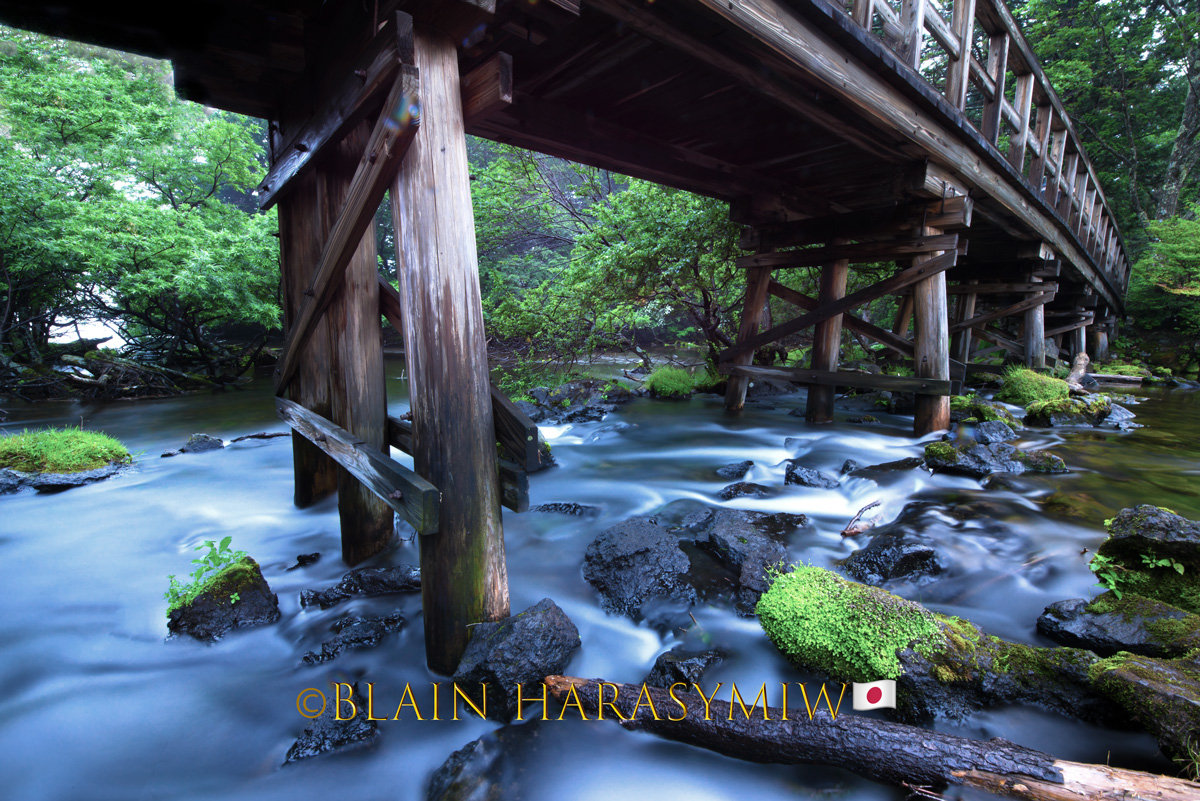Recently I was inspired to write this newsletter/short article by visual artists/photographers Olivier Nelis and Ånne-Mårìe’ social media post; they are clients who will join my annual winter Hokkaido photo tour. Olivier and Ann-Marie visited Japan during the summer, and they visited Japan properly, as their itinerary included visiting dozens of must see spots throughout Japan. One of their stops was at Japan’s largest Cemetery “Okunoin Cemetery Koya-san,” a power spot where hundreds of thousands of souls are resting. We don’t know the exact number of souls as this cemetery is over 1,200 years old. It has been a few years since I have visited Koya-San Buddhist Complex Sanctuary, but I plan on visiting again next year or the year after.
During all Japan photo workshops I lead, we visit at least one or two ancient Buddhist and Shinto Power Spot Sanctuaries. Many Buddhist and Shinto complexes have ancient cemeteries. During photo workshops, I try and avoid modern ones, but in Japan that can sometimes be difficult, as ancient rural cemeteries continue to grow, but the majority we visit are ancient. Some are so ancient, they date back to the Jōmon period over ten thousand years ago, and others are from the Kofun period (300 to 538 AD). Across Japan, there are over one hundred and sixty thousand Kofun period villages and burial sites, and this does not include the Jōmon sights which number in the tens of thousands.
The most famous Kofun mound is the Moss Tombs (百舌鳥古墳群, Mozu kofungun), a group of Kofun mounds; 古墳)—megalithic tombs, in Sakai, Osaka Prefecture, Osaka Japan. This Kofun site is visited by millions of tourists annually, and is experiencing tourist pollution. The caretaker of these burial mounds is the Japanese Imperial Family who only care for about a few dozen of the sights, and the majority have never been unearthed, and many are unmarked; some may have signs; there is an official map, but finding one is next to impossible. And even more puzzling is this era's history is highly distorted. In my opinion, it’s due to the Imperial family claiming they are direct descendants from the hierarchy of this period. Even stranger or hard to understand is some Imperial treasures dating from Kofun mounds are so sacred that not even the current Japanese emperor may lay eyes on them, not even during Emperor Naruhito’s 2019 Imperial transition. WoW! I bet you dollars to donuts if a DNA sample of the current Imperial family was done with the mummies found in Kofun burial mounds, they would not match. In some of the Kofun mounds, Roman coins have been found, along with high quality swords, knives and utensils of Mesopotamia origin. Even Cuneiform language tablets have been found throughout Japan. To date, over 3,000 tablets have been cataloged and these tablets can only be deciphered using the cuneiform language. “Excuse me,” as an amateur historian it would take me a thousand pages to write about this topic of Japanese history in full, and even then I would be leaving something out; but this article is more about photography and visiting the most photogenic ancient cemeteries and power spots.
Annually, I lead a historical photo workshop, the main focus is on ancient Shinto and Buddhist sanctuaries and takes place in Nikko and Mt. Fuji photo tour. Nikko is an amazing spot and is the resting place of the Shoguns of the Tokugawa Shogunate, plus there are ancient cemeteries where no tourists visit. The Nikko World Heritage Site is on the beaten path, and is experiencing tourist pollution, but I know Nikko like the back of my hand, and I know tourist traffic in the region and how to avoid the rush. For all photo tours I lead, I take participants to the most Photogenic Mesmerizingly Culturally Rich Zen Inspiring Power Spots. Nikko is not only about the temples, it’s also about nature, and during this photo workshop we go from busy temples and shrines to the world of Zen, such as Kegon Falls, then onto smaller waterfalls, lakes and rivers where it’s so secluded and peaceful that it’s possible to spot people fly fishing, and this is only 30 minutes away from Nikko’s Toshogu Shrine. Here you will follow in the footsteps of Zen Masters, Shoguns, Samurai, and Pilgrims going for Shinrin-yoku (forest bathing). In Japan, medical doctors actually prescribe time off to patients with high extra high stress levels, where they must book into resorts where they will experience nature and natural forest healing.
Next year, I may offer a photo tour that is exclusively all about ancient power spots, symbology, history where we will visit ancient cemeteries, Buddhist and Shinto Complex Sanctuaries and Kofun burial mounds plus much more. Annually, I lead about a half a dozen private photo workshops that are exclusively just the sort I may offer next year, but for the first time in a group photo tour setting.



















